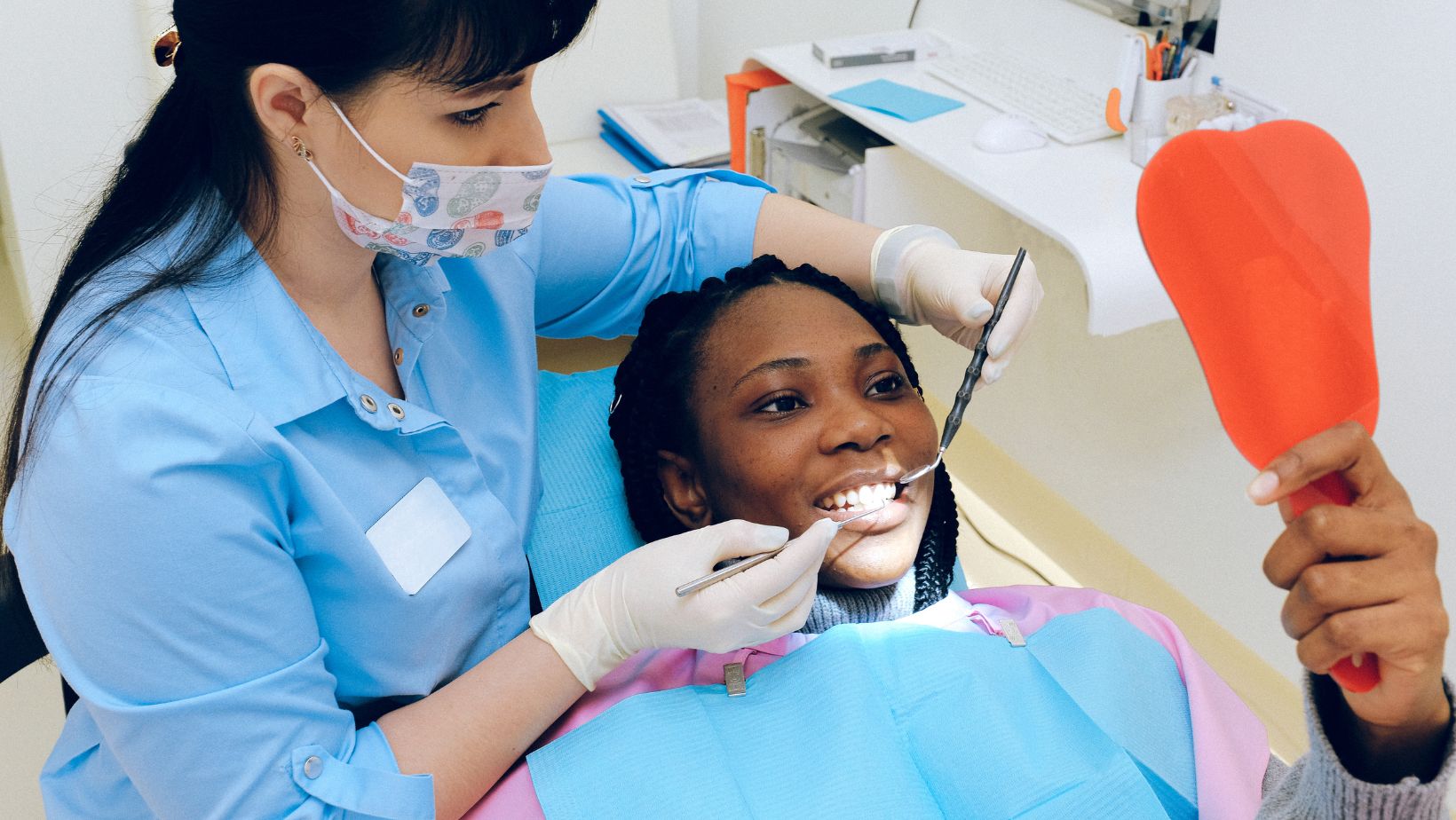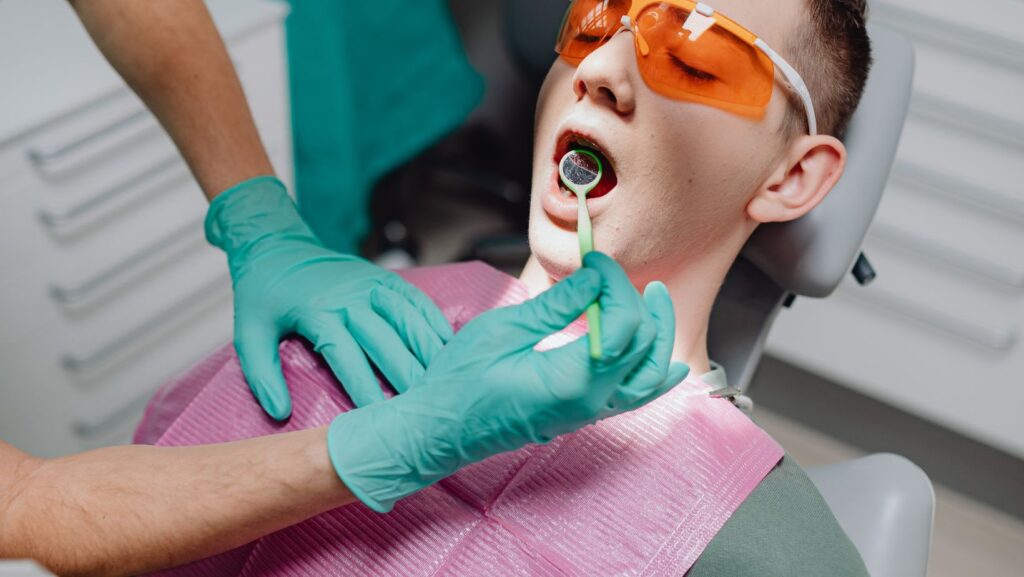Beginning your orthodontic journey can feel exciting and unfamiliar, especially during the first week. Many individuals preparing for orthodontics treatment in Coral Springs often want to know what to expect and how to adjust to life with braces. The early days are a period of adaptation as your mouth gets used to the new appliances.
Knowing the right steps to take during this time can help ease discomfort, protect your braces, and support a smooth transition. The following five recommendations outline practical actions you can take during your first week to promote a more comfortable and successful start to treatment.
1. Focus on Softer Foods to Reduce Discomfort
It is normal to feel tenderness during the first few days after braces are placed. Your teeth and gums are responding to the initial pressure that begins guiding them into new positions. Choosing soft foods can help minimize discomfort and make eating easier.
Options such as mashed vegetables, yogurt, soups, scrambled eggs, pasta, and smoothies are gentle on the teeth and require minimal chewing. As the days progress, the soreness typically decreases, and you can gradually reintroduce firmer foods. Avoiding particularly crunchy or sticky items—such as popcorn, caramel, nuts, or hard bread—helps prevent unnecessary irritation and reduces the risk of damaging brackets or wires.
Adjusting your diet temporarily allows your mouth the time it needs to adapt while still ensuring proper nourishment.
2. Begin Building a Consistent Oral Hygiene Routine
The first week is the ideal time to establish an effective oral hygiene routine. Braces create small spaces where food particles can become lodged, increasing the need for thorough cleaning after meals. Brushing at least twice a day and flossing once daily are essential steps to keep the teeth and gums healthy throughout treatment.
Special orthodontic tools can help, including interdental brushes, floss threaders, or water flossers. These tools improve access to areas around brackets and wires. Additionally, using fluoride toothpaste and rinsing with a mild mouthwash can help strengthen tooth enamel and reduce plaque buildup.
Developing strong hygiene habits early helps protect your teeth from staining, decay, or gum irritation during the months ahead.
3. Use Orthodontic Wax to Prevent Irritation
During the first week, certain parts of your braces may cause friction against the inner cheeks, lips, or tongue. This is a normal part of adjusting to the appliances. Orthodontic wax can be an effective solution for reducing irritation and creating a smooth barrier between the braces and soft tissues.
To use it, simply dry the area of the bracket or wire causing discomfort and apply a small piece of wax. You can reapply it as needed throughout the day. Many patients find that after the first week or two, irritation decreases as the mouth becomes accustomed to the braces.
Keeping wax on hand—especially while away from home—can provide quick relief whenever needed.

4. Pay Attention to Changes in Speech and Eating Habits
Braces may temporarily affect speech patterns or the way your mouth moves during eating. These changes are usually mild and short-lived. During the first week, speaking slowly and practicing pronunciation can help your mouth adapt more quickly.
You may also notice that chewing feels different. Cutting food into smaller pieces and chewing gently on both sides of the mouth can make eating more manageable. Drinking cool water may help soothe irritation or sensitivity.
Most individuals find that speech and eating adjustments naturally improve within a few days as they become more familiar with the braces.
5. Attend to Any Discomfort and Communicate With Your Provider if Needed
Mild soreness or pressure is expected during the first week, but it should gradually improve. If discomfort becomes more noticeable, simple measures—such as using orthodontic wax, rinsing with warm salt water, or taking over-the-counter pain relievers (if appropriate for you)—can provide relief.
It is also important to monitor your braces for any loose brackets, poking wires, or unusual changes. While issues are uncommon during the first week, contacting your orthodontic provider promptly ensures that minor problems do not disrupt your progress.
Conclusion
Your first week of wearing braces is a period of adjustment, but taking a few simple steps can make the transition much smoother. Choosing softer foods can ease initial tenderness, while establishing a strong oral hygiene routine helps protect your teeth and gums. Orthodontic wax can reduce irritation from brackets or wires, and paying attention to changes in eating or speech patterns allows you to adapt more comfortably. Staying aware of your comfort levels and contacting your provider if something does not feel right ensures early support when needed. By following these key practices, you can begin your orthodontic treatment with confidence and prepare for steady progress in the months ahead.
